detail profile pedro g romero

Riwayat Hidup
Pedro G.
Romero (1964, Aracena) is an artist, curator, researcher and editor whose work focuses on the analysis of "historical events, life and the circulation of images, sacramental iconography, the iconoclastic gesture of the artistic avant-gardes of the 20th century and modern art, flamenco, concepts and imaginaries about popular cultures, the economy, cultural policies, forms of urban speculation, etc.
".
Info Pribadi
Peran Yang Di Mainkan Pedro G. Romero
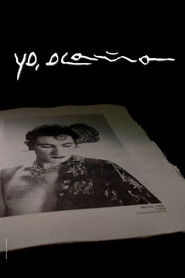 A portrait of the Spanish painter...
A portrait of the Spanish painter...Yo, Ocaña 2024
A portrait of the Spanish painter José Pérez Ocaña (1947-83), who used transvestism and performances as his calling card.
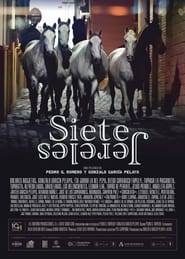 The actors actresses characters and horses...
The actors actresses characters and horses...Seven Jereles 2023
The actors, actresses, characters and horses that star in this film configure unexplored territory, perhaps that undetermined space in which the city of Jerez builds a new image for flamenco.
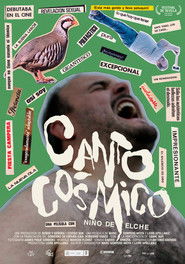 The film aims to answer two...
The film aims to answer two...Cosmic Chant. Niño de Elche 2022
The film aims to answer two questions: What is flamenco? Who is the singer Niño de Elche? This child prodigy, who inspired artists such as C. Tangana, started challenging the rules of flamenco in his adolescence, which led to a violent confrontation with his family and flamenco fans that continues today.
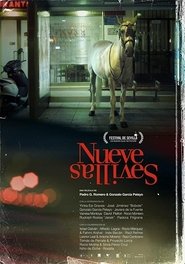 Nueve Sevillas is a heterodox psychogeographical...
Nueve Sevillas is a heterodox psychogeographical...Nine Sevilles 2021
"Nueve Sevillas" is a heterodox psycho-geographical profile of the new flamenco in Seville. Nine characters coexist with the great flamenco artists of today.
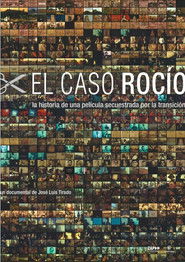 El caso Roco narrates the making...
El caso Roco narrates the making...El caso Rocío 2013
"El caso Rocío" narrates the making, prosecution and persecution of the film "Rocío", directed by Fernando Ruiz Vergara and released in 1980, which has gone down in history as the first film judicially seized in Spain already in times of democracy and after the repeal of the film censorship in 1977. A choral story that reflects on film censorship, Andalusian culture, and the Spanish Transition.
